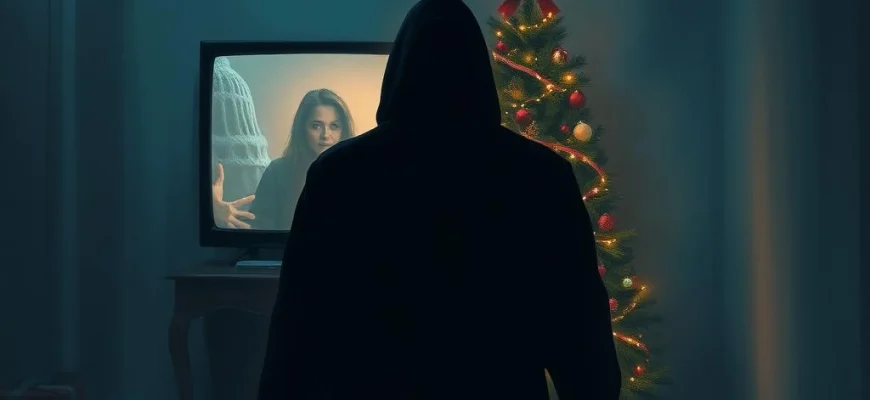If you loved the chilling suspense and eerie atmosphere of Black Christmas (1974), one of the earliest slasher films, you're in for a treat. This article explores 10 movies and shows that capture the same spine-tingling tension, psychological horror, and holiday-themed dread. Whether you're a fan of classic horror or modern thrillers, these picks will keep you on the edge of your seat.
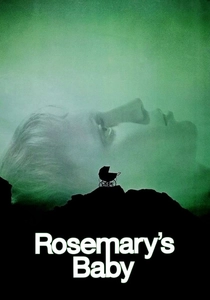
Rosemary's Baby (1968)
Description: A psychological horror film that uses slow-building paranoia and a claustrophobic atmosphere to tell the story of a woman who suspects her neighbors are part of a sinister conspiracy.
Fact: The film's famous ending was kept secret during production, with even the cast not knowing the full story until the final scenes were shot.
 Watch Now
Watch Now 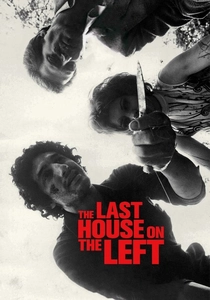
The Last House on the Left (1972)
Description: A brutal and controversial horror film that explores themes of revenge and the breakdown of civilization, featuring graphic violence and a raw, unflinching style.
Fact: The film was marketed with the tagline 'To avoid fainting, keep repeating, It's only a movie... only a movie... only a movie...'.
 Watch Now
Watch Now 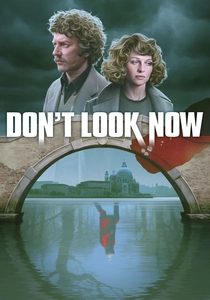
Don't Look Now (1973)
Description: A psychological horror film that blends supernatural elements with a deeply personal story of grief and loss, using atmospheric cinematography and a haunting score to create a sense of dread.
Fact: The film's famous sex scene was groundbreaking for its time and is still considered one of the most realistic portrayals of intimacy in cinema.
 Watch Now
Watch Now 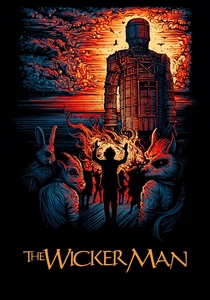
The Wicker Man (1973)
Description: A folk horror film that combines mystery, pagan rituals, and a slow-building sense of unease, culminating in a shocking and unforgettable finale.
Fact: The film was originally released as a B-movie double feature with 'Don't Look Now,' but has since gained a cult following and is considered a classic of the genre.
 Watch Now
Watch Now 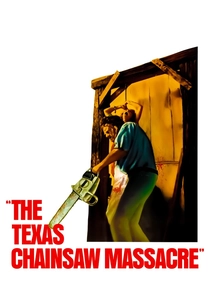
The Texas Chain Saw Massacre (1974)
Description: A gritty, low-budget horror film that uses raw, documentary-style filmmaking to create an atmosphere of relentless terror, focusing on a group of young people hunted by a family of cannibals.
Fact: Despite its title and reputation, the film contains very little on-screen gore, with much of the violence implied or left to the viewer's imagination.
 Watch Now
Watch Now 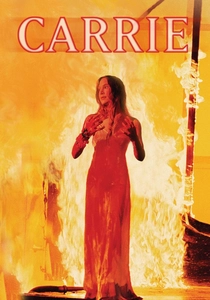
Carrie (1976)
Description: A horror film that explores themes of bullying, repression, and the horrors of adolescence, featuring a climactic scene of supernatural revenge.
Fact: The film's iconic prom scene was so intense that it caused actual panic in test audiences, with some reportedly fainting or running out of the theater.
 Watch Now
Watch Now 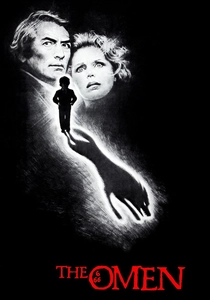
The Omen (1976)
Description: A supernatural horror film that delves into themes of prophecy, religion, and the fear of the unknown, with a focus on atmospheric tension and shocking set pieces.
Fact: The film's production was plagued by a series of strange accidents and coincidences, leading some to believe it was cursed.
 Watch Now
Watch Now 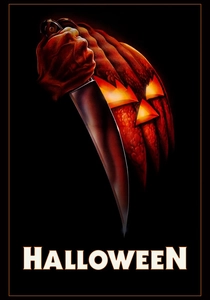
Halloween (1978)
Description: A seminal slasher film that established many tropes of the genre, featuring a masked killer stalking victims in a suburban setting, with a focus on suspense and tension rather than gore.
Fact: The film was made on a budget of just $325,000 and went on to gross over $70 million worldwide, making it one of the most profitable independent films ever made.
 Watch Now
Watch Now 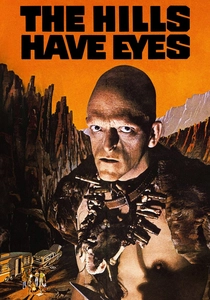
The Hills Have Eyes (1977)
Description: A survival horror film that pits a family against a group of savage outcasts in a desolate desert landscape, emphasizing themes of isolation and primal fear.
Fact: The film was inspired by the legend of Sawney Bean, a Scottish cannibal who allegedly led a clan that murdered and ate travelers in the 15th century.
 Watch Now
Watch Now 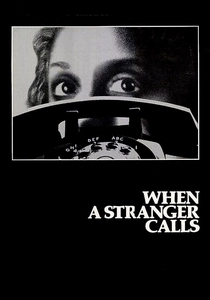
When a Stranger Calls (1979)
Description: A psychological thriller that builds tension through a series of ominous phone calls, playing on fears of intrusion and the vulnerability of being alone at home.
Fact: The film's famous opening sequence is based on an urban legend that has been circulating since the 1950s.
 Watch Now
Watch Now 
